Quick Links
There’s a lot going on in Marvel Rivals at any given moment. There are dozens of characters, each with a plethora of their own unique mechanics. Learning all the facets of your own character can take time, but there’s one extremely important aspect of Rivals that you can’t take into account soon enough.
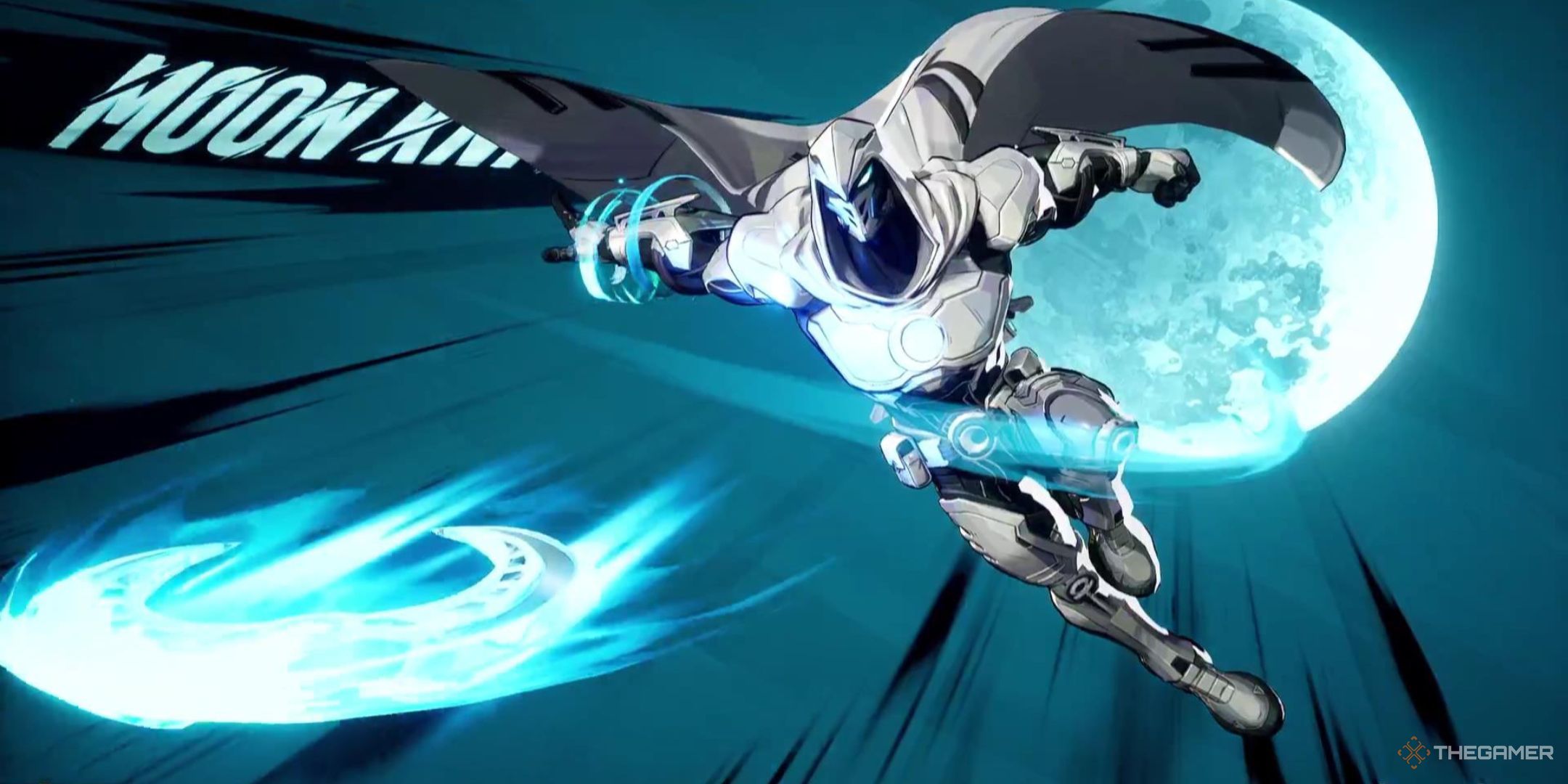
Related
Marvel Rivals: Moon Knight Hero Guide
Dish out massive amounts of damage with Marvel Rivals’ Moon Knight.
If you’re playing your character in the wrong position, nothing else you do is going to matter. But, learning how to position yourself is not as simple as splitting it into three different roles; certain characters of the same role should be playing in very different positions.
How To Improve Your Positioning As A Vanguard
As a Vanguard, you’re a tank for your team. That doesn’t mean that you’re there to simply take punishment, because Vanguard are capable of putting out an incredible amount of damage themselves.
But most importantly, Vanguards should draw as much attention as they possibly can. This means they need to be front and center, positioning-wise. But, that looks very different for different Vanguards.
There are two varieties of Vanguard characters; those centered around harassing and damage, and those centered around defense. That is a simplistic explanation of it, but by and large, Vanguards can be split into those two.
How To Position An Aggressive Vanguard
The Vanguards that are more offensive-minded, like Thor, Venom, Captain America, etc. can be seen generally as harassers. They quickly leap into the fray and begin dealing damage to enemies behind the front lines, preferably enemy Strategists and Duelists. When they need a quick exit, they use whatever their movement ability is to get out of the fight to recover.
Venom is the most adept at this in terms of movement, and Thor is the most adept at this in terms of damage. In general, these Vanguards shouldn’t be the lone Vanguards for the team, but combined with a defensive Vanguard, they can add a tremendous amount of value to a lineup.
These Vanguards should not be holding a front line for their team very often. They should get in close to the squishier enemies, deal their damage, and get out when their self-sustain starts to falter.
How To Position A Defensive Vanguard
Defensive Vanguards are played differently. They aren’t always capable of quite as much damage as the aggressive Vanguards, but they do offer quite a bit more survivability. Characters like Groot, Doctor Strange, Magneto, etc. form the frontline of the fight. Their defensive abilities allow them to either absorb or offset a tremendous amount of damage.
These Vanguards will often need a Strategist on-call to heal them constantly. They’ll be taking punishment non-stop, but when positioned well, they play right up to the front of the bulk of the enemy team. If you’re up in the enemies’ faces, then your allies behind you are having an easier time.
How To Improve Your Positioning As A Strategist
Positioning Strategists is a bit more complex than Vanguards; they don’t fit quite as neatly into two different types of Strategist.
But there are a couple of inconsistencies across different Strategist characters.
How To Position A Central Strategist
Central Strategists are often most useful when played somewhere they can keep a constant line of sight on the friendly Vanguard(s), particularly defensive Vanguards. These characters either have a bit more trouble when they’re out on their own or have healing abilities that require very specific positioning to achieve maximum results.
Rocket, for instance, should be positioned somewhere he can fire his healing spheres through multiple allies at once. As a bonus, positioning him somewhere he can bounce these spheres off walls to heal allies multiple times will benefit him greatly.
Jeff The Land Shark has a similar positioning philosophy, though he goes about it differently. Jeff is possibly the strongest single-target healer in the game, making him immensely valuable when he stays in the pocket of a defensive Vanguard.
There is some variance in how Strategists can be positioned, depending on how much healing your team needs each match. In certain matches, characters that would be playing more centrally will have more freedom to roam a bit or might need to, depending on their team composition.
This is less about which character always needs to be positioned where and more about what each match requires.
How To Position A Roaming Strategist
In a match where you don’t need to provide as much healing yourself, either because another healer is taking the primary healing focus or the other team lacks damage, you might have more freedom to roam a bit as a Strategist.
This does not mean a Strategist should be running around aimlessly, but it does mean that they can move to the sides of the fight, taking a flanking opportunity or pushing forward with an aggressive ultimate ability.
Characters like Cloak and Dagger and Loki can excel at this type of role. When required, they can huddle up into the main bulk of the group, but when possible, they can be used to great effect moving around the peripherals of the fight.
Oftentimes, this is done to better effect with a buddy system. Taking a Strategist out for a roam alongside a Duelist or an aggressive Vanguard can make for a duo that’s capable of taking an enemy team by surprise, and able to sustain themselves for a limited time.
How To Improve Your Positioning As A Duelist
Duelists have the most variance when it comes to positioning. There are a few different kinds of Duelist and each variety is going to be enormously effective when positioned well, and dispatched with extreme ease when positioned poorly.
Many people think that Duelist is the easiest role to fill, but positioning is one of the easiest mistakes poor Duelists make. A bad Duelist can cost a team every bit as much as a bad Vanguard or Strategist, so be sure to pay attention to your positioning as a Duelist to get the most out of them.
How To Position A Harassing Duelist
Harassing Duelists include characters like Spider-Man and Iron Fist. These characters work best when they take an enemy by surprise, most often with a flank. They should choose their moments to attack, swooping in with their movement abilities from an angle the enemy team isn’t watching to take down a Strategist and leaping back out.
These Duelists need to know when to jump in and when to jump out. They should be attacking from the side or from behind, and not from the front where they’re going to be in the line of fire right from the start.
How To Position A Melee Duelist
There is some overlap here with Harassing Duelists, but there are some differences between them. This includes characters like Magic and Black Panther.
Wolverine is also a Melee Duelist, and most of what’s said here can apply to him too, but because he does increased damage to high-health characters, he is very useful in taking down enemy Vanguards. Still, it’s better to do this as a surprise, so not from the front.
These characters have a little bit more survivability than their harassing counterparts, and don’t need to be quite as careful about getting into and out of trouble. While they’re still best used when beginning their attack from an unwatched angle, they can sustain themselves in combat a little bit easier with their movement abilities and slightly increased health.
Melee Duelists work best with an aggressive Vanguard on the team as well. Combining Magik with Thor, for example, can create significant problems for an enemy team.
How To Position A Mid-Range Duelist
There are two different varieties of ranged Duelist, from mid-range to snipers.
Mid-range Duelists include characters like Moon Knight, Winter Soldier, Namor, and more. These characters often function as part of the main unit of a team, behind the defensive Vanguards and alongside central Strategists.
Oftentimes, it’s best for these characters to play from a high ground when possible. This is especially true for Moon Knight, who has movement abilities that help him achieve this with ease. This gives them better sightlines, and removes them from AoE attacks aimed at friendly Strategists. It also allows them to combat flanks more effectively, helping counter Iron Fist and Spider-Man.
How To Position A Sniper Duelist
Sniper Duelists include Black Widow and Hawkeye. For the most part, much of their positioning is echoed by the Mid-Range Duelist philosophy, though they have more options than just that.
Both of these characters can do extremely well when gaining a position away from the central unit of their team, as well. That doesn’t mean attacking the enemy on their own but achieving a sightline, preferably an elevated one where they aren’t seen when looking at the bulk of their team. This can give them easy eliminations on enemies that don’t know they’re there.
Snipers do have to be careful not to wear out their welcome from an advantageous sightline. Once an enemy team has pinpointed your location, they often devote resources to taking you down. Be ready to move to different positions throughout the match; don’t stay in the same place too long.
How To Position A Flier
Fliers are some of the more difficult characters to combat, able to gain a position that’s easy to see, but difficult to combat. This includes Iron Man and Storm, though they both have different positioning strengths.
Iron Man works great from either as big of a distance as he can muster, or from above the enemy flank. In the former position, he can lob his damage into the bulk of the enemy team, dealing heavy AoE damage, while staying far enough away that he’s difficult to hit. In the latter, he can focus fire enemy Strategists quicker than they can react to it.
Keeping a continuous strafing movement going as Iron Man is going to improve your survivability tenfold.
With Storm, her abilities work best when near other characters. When near friendly characters, she can increase speed, and when near enemy characters, she can decrease speed and deal passive damage. Either way, for Storm, it’s best to stay above a group, but still keep yourself from being the primary target.
It’s going to be very helpful as Storm to have a strong defensive Vanguard on the team. Otherwise, she’s going to become a prime target and easily dispatched.
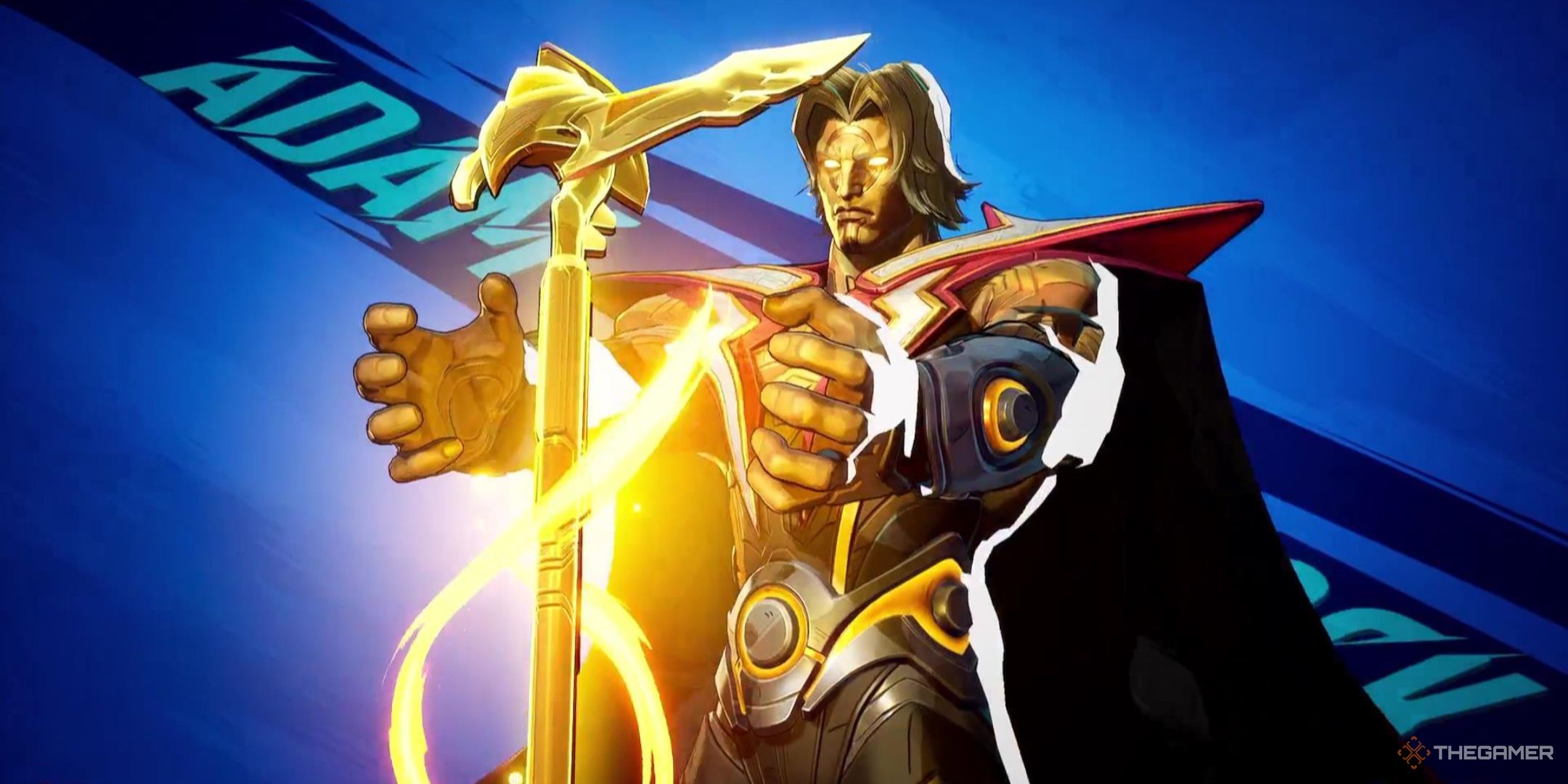
Next
Marvel Rivals: Adam Warlock Hero Guide
Soul Bond with his play style.
Source link
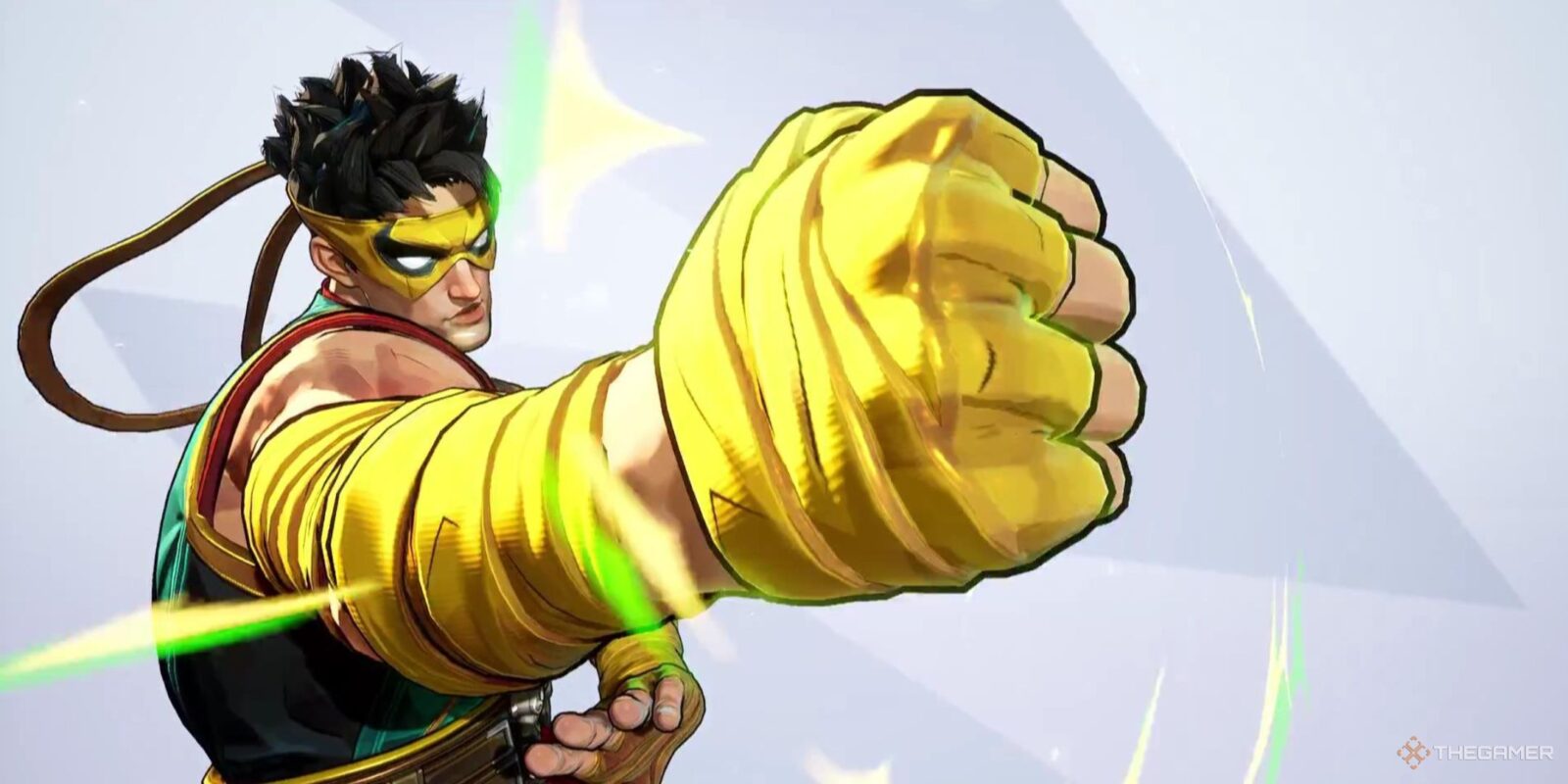

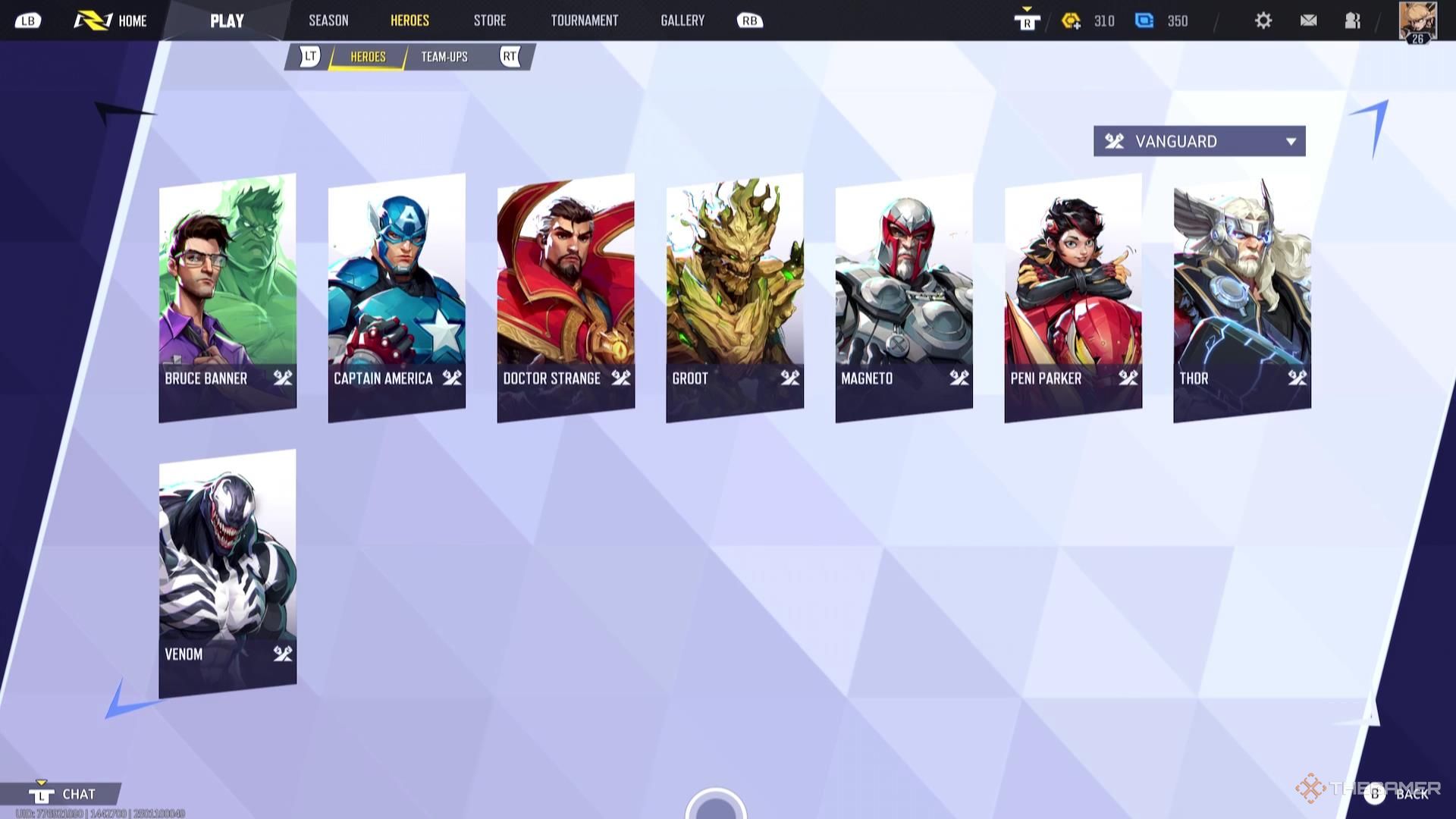
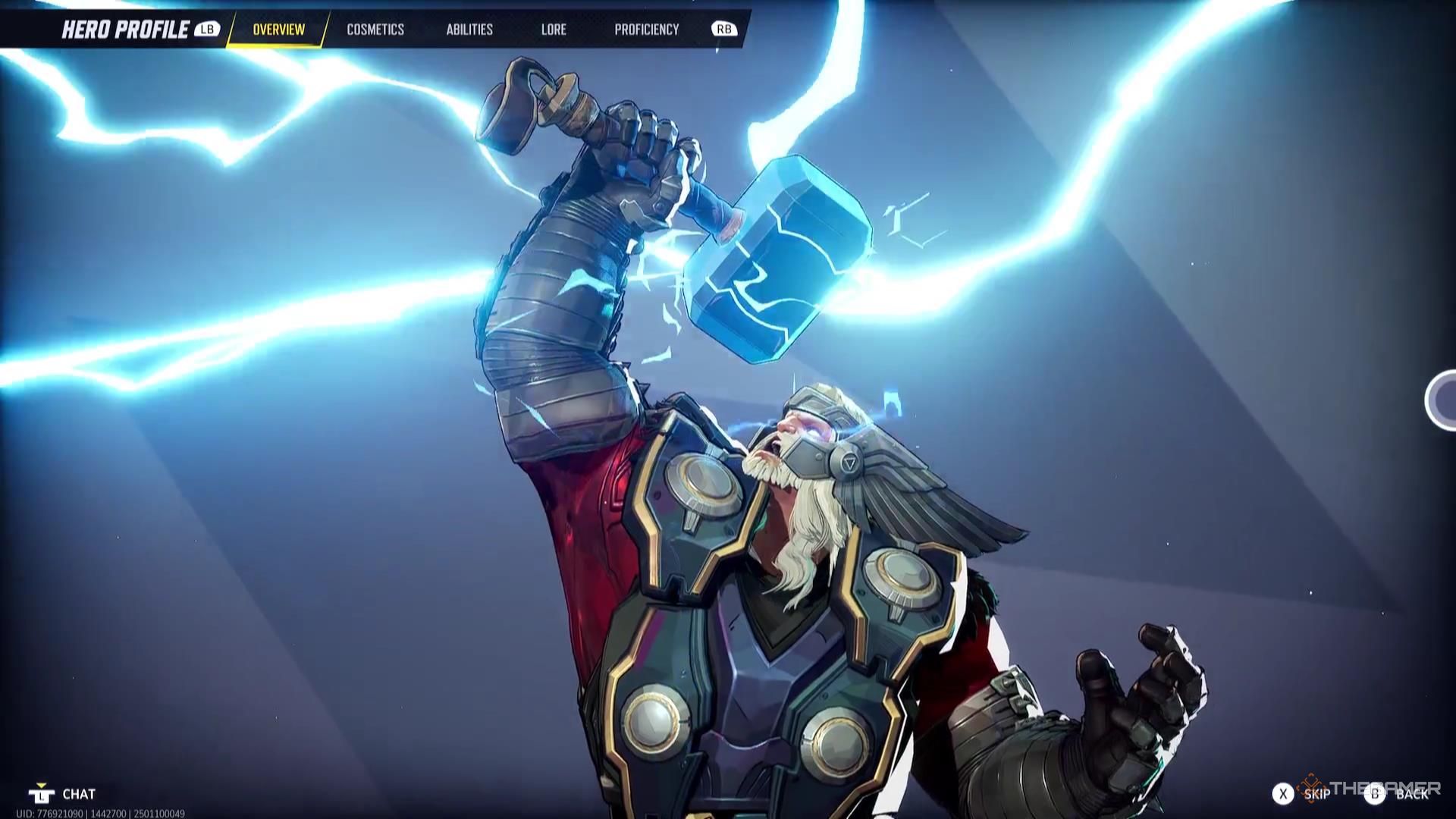
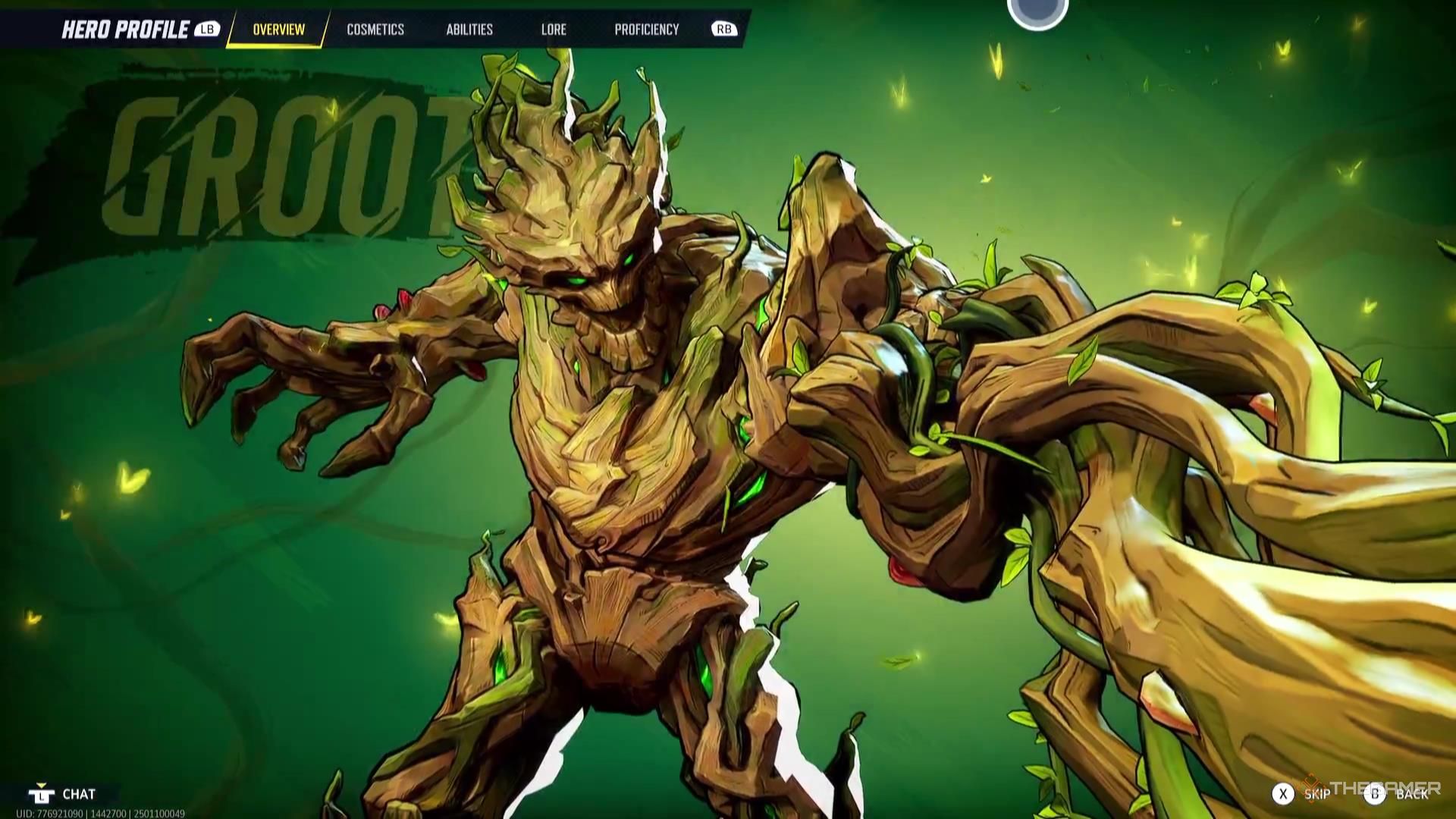
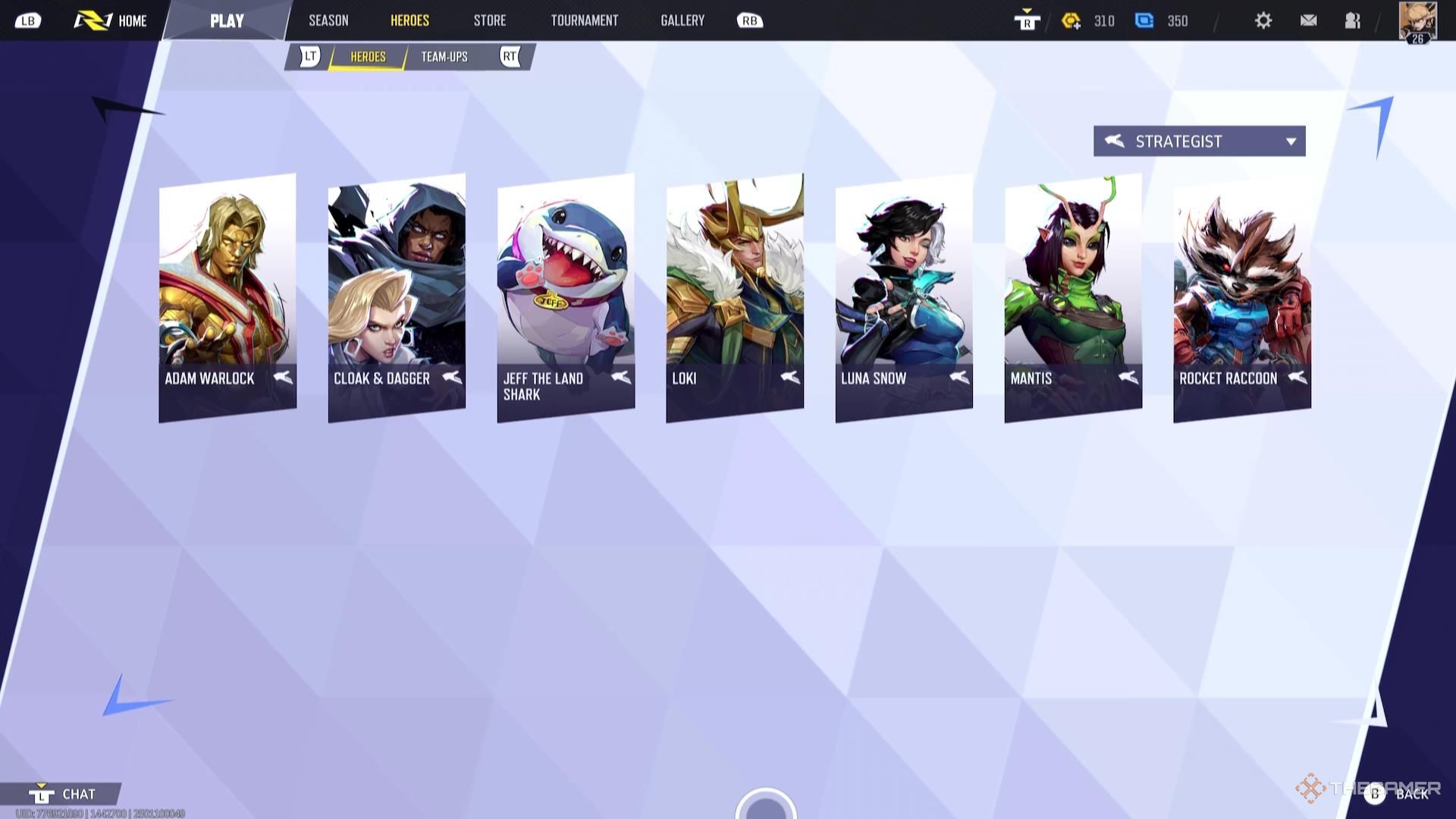
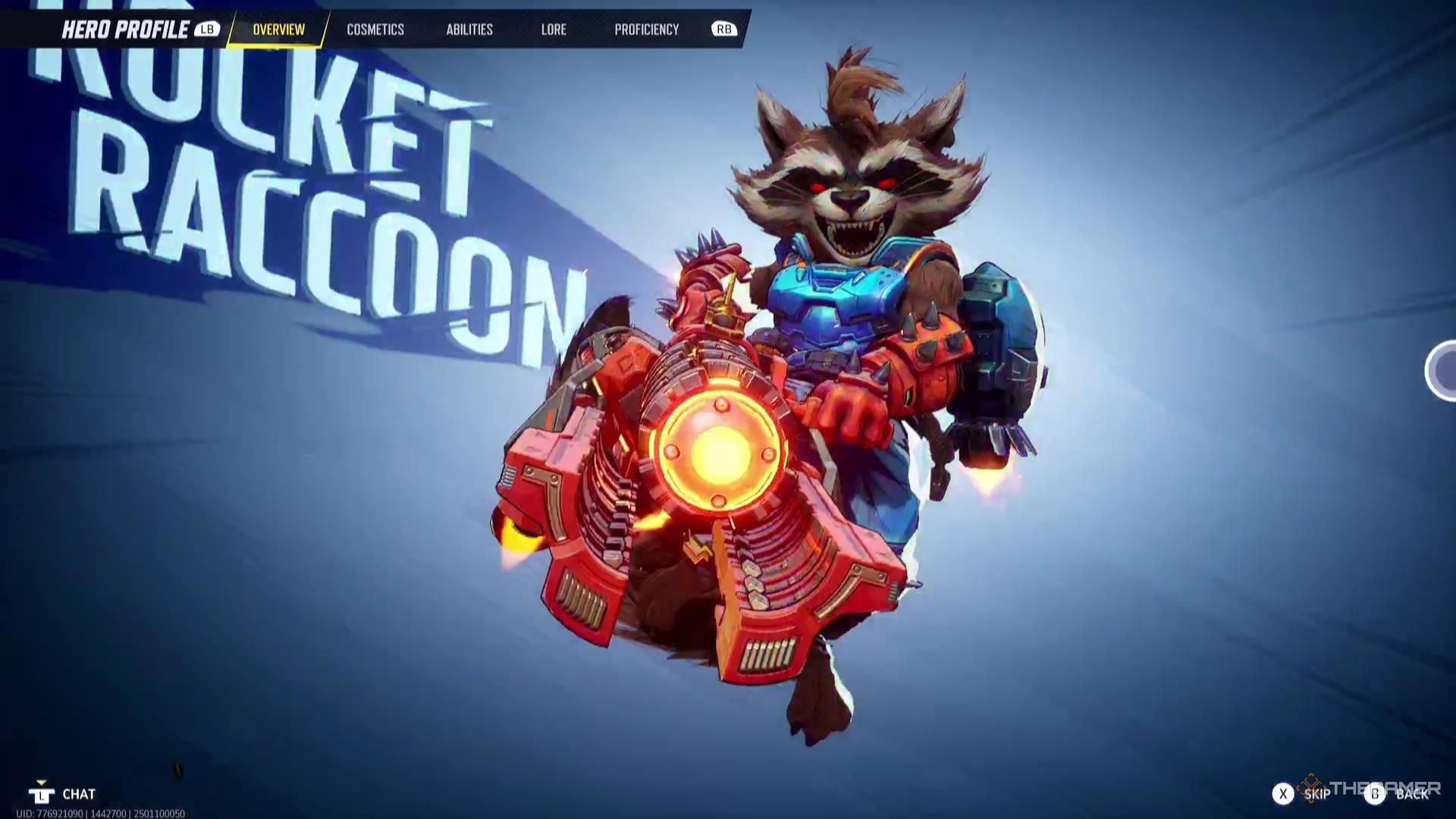
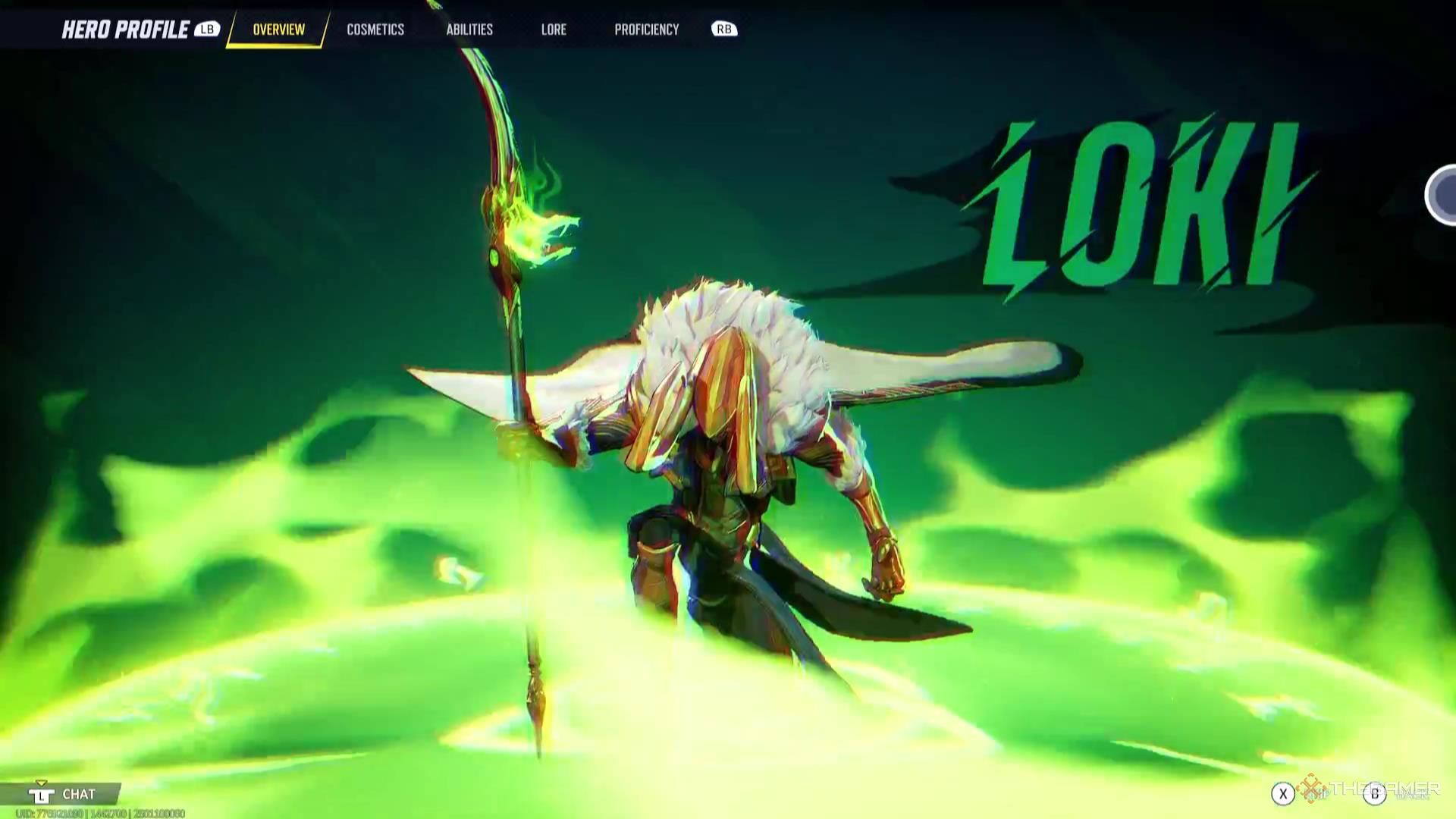
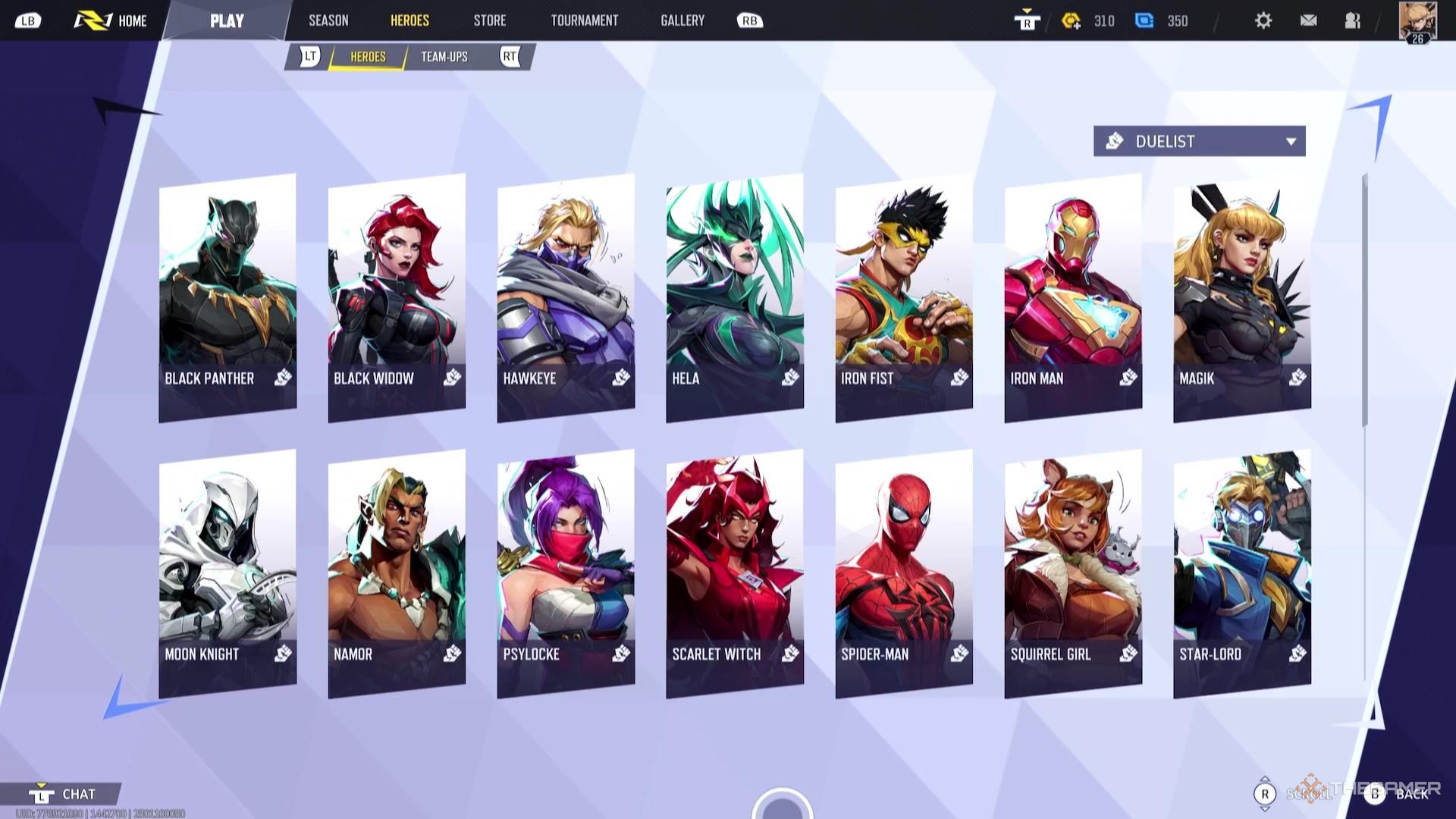
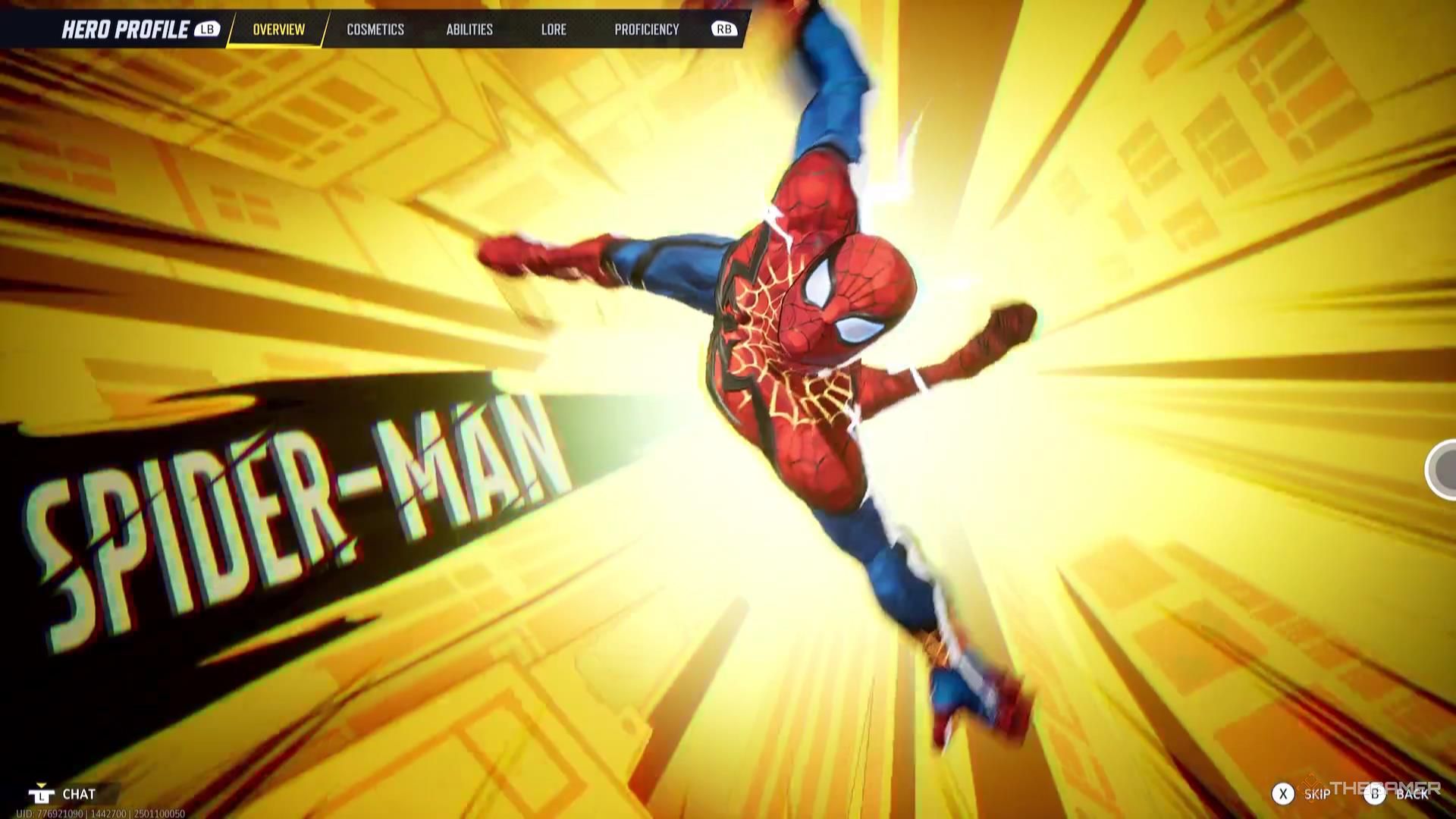
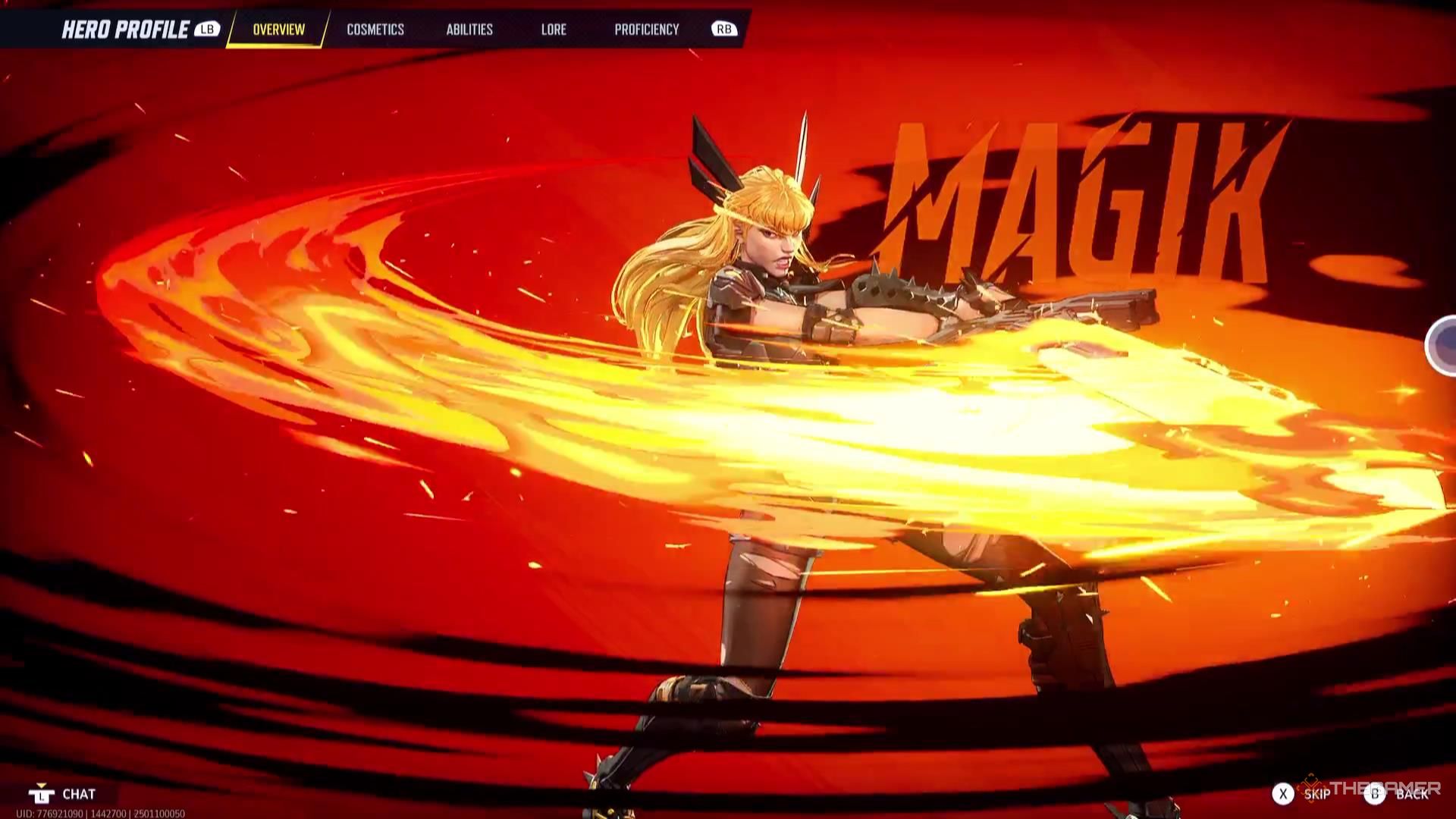
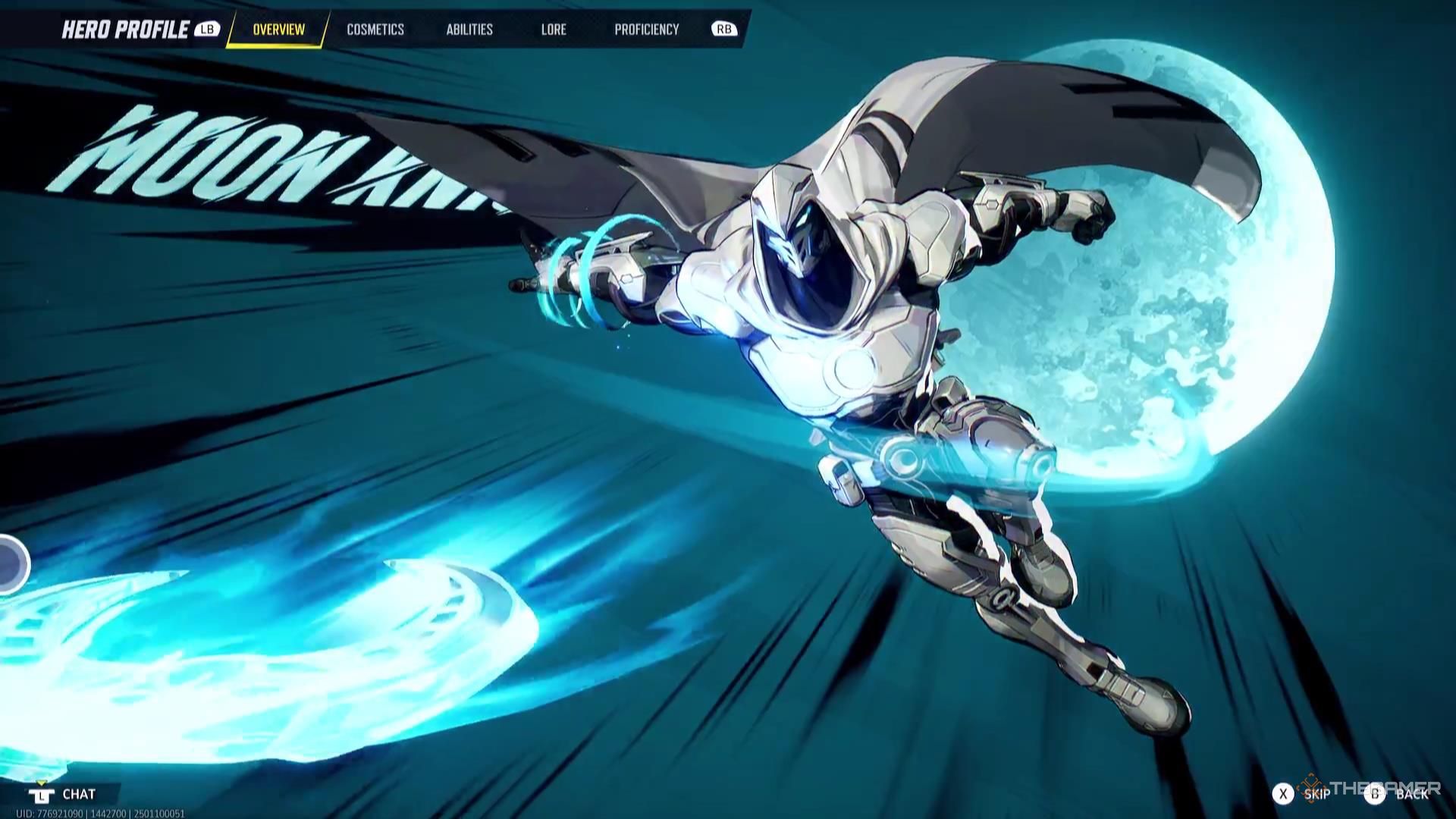
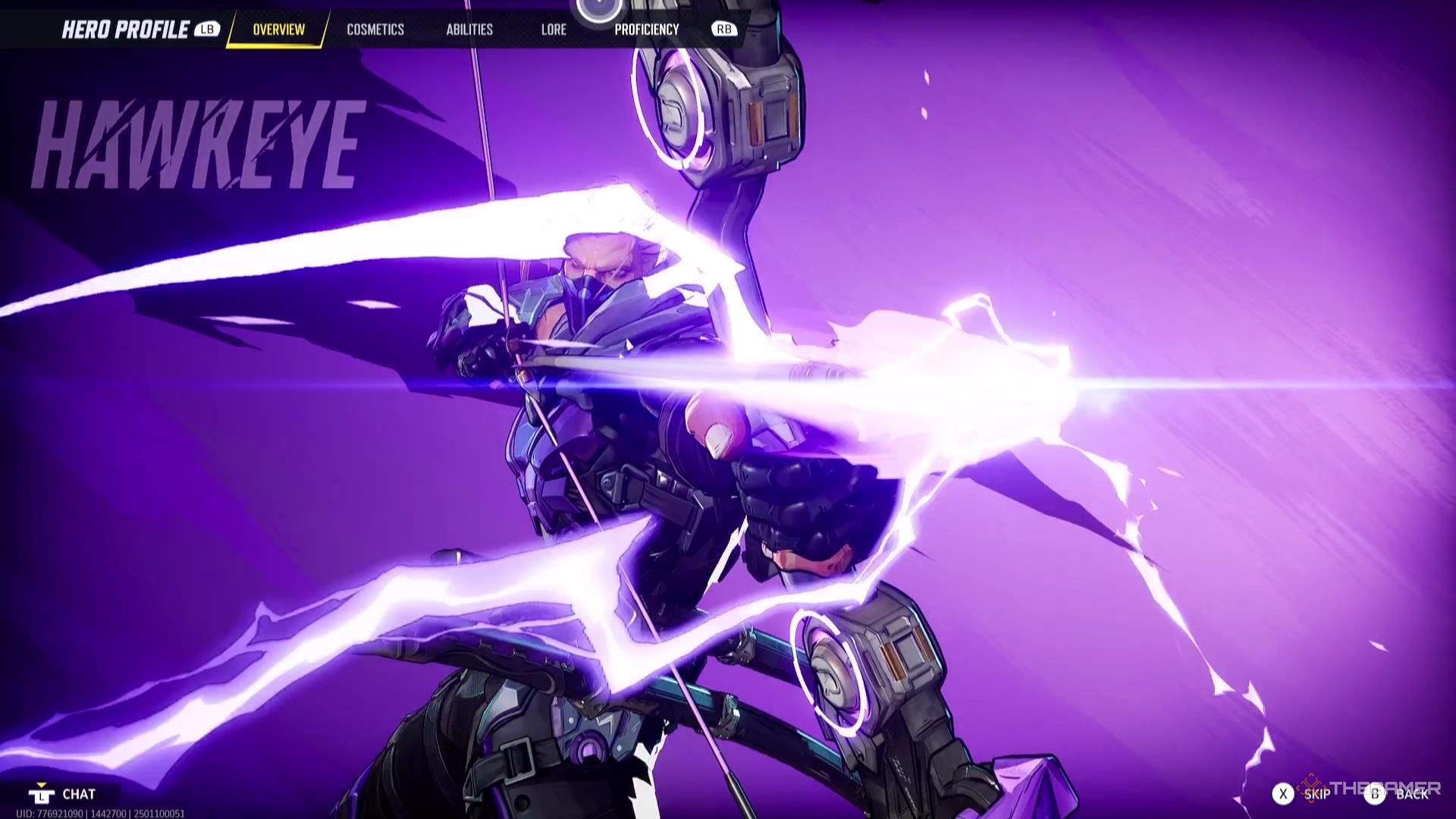
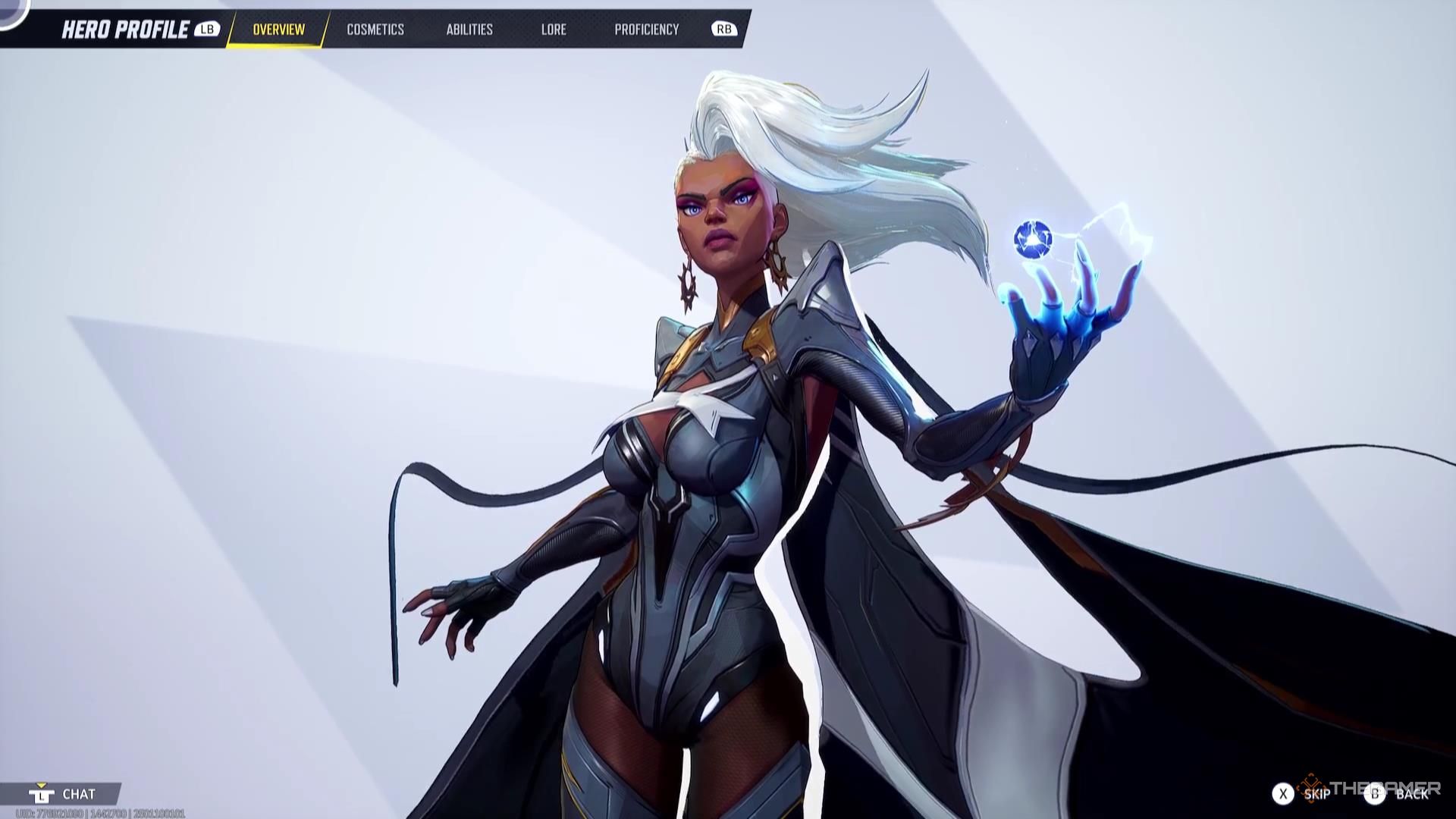


![Devil Jam Confirms Features, Platforms, and Launch Window [EXCLUSIVE]](https://esportvoice.com/wp-content/uploads/2025/04/Devil-Jam-Confirms-Features-Platforms-and-Launch-Window-EXCLUSIVE-280x210.jpg)





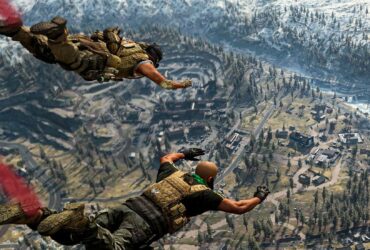
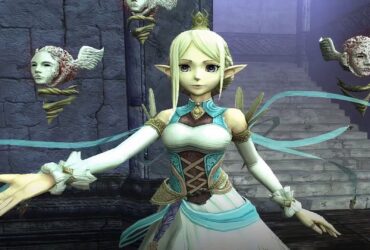
Leave a Reply